Paranoia marks many a film noir masterpiece. One reason in particular is that in the late 1940s, Hollywood directors, writers and actors faced political persecution as a result of Senator Joseph McCarthy and his harrowing witch hunt to uncover Communists. One of his most damning tools was a blacklist of people thought to be active in the Communist party, which, in his mind, was tantamount to threatening democracy and the American way.
Many of those under fire became voluntary exiles, hoping to rebuild their lives and careers abroad. While some left for Mexico, others, including Jules Dassin, Joseph Losey, Cy Endfield, Ben and Norma Barzman, and Donald Ogden Stewart, relocated in London, Paris and Rome. Drawing on film noir, neo-realism and modernist art cinema influences, Dassin and Losey were standout success stories. But, still hounded by the U.S. government and exploited by European producers looking for Hollywood talent on the cheap, the exiles found it was not an easy road.
To explore this unique era of filmmaking, UCLA is hosting the series Hollywood Exiles in Europe, which opens Friday, July 25, and runs to Sunday, Aug. 17. This series was co-curated by Rebecca Prime, author of the book “Hollywood Exiles in Europe: The Blacklist and Cold War Film Culture.” Prime and Norma Barzman will attend Friday’s opening feature: “Christ in Concrete” (1950, UK/US, Edward Dmytryk), a depiction of hardships endured by Italian-American construction workers.
On Saturday, July 26, there’s a top-notch film noir offering from Dassin: “Rififi” (France, 1955) and “Night and the City” (UK/US, 1950). In shadow-drenched, dangerous London, crooked fight promoter Harry Fabian (Richard Widmark) double-crosses everyone he encounters as he tries to outrace the night. The night is faster. This is a top film noir, a stunning achievement of style and suspense. From Gerald Kersh’s novel; with Gene Tierney, Herbert Lom, Francis L. Sullivan and Googie Withers.
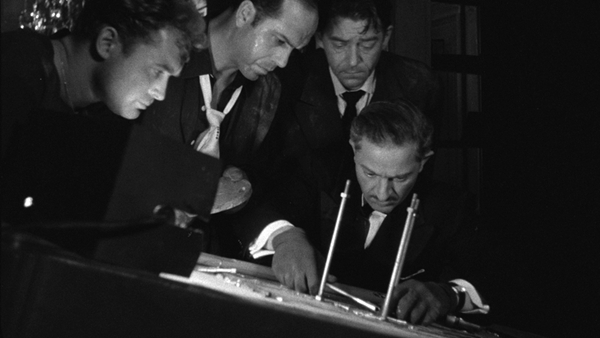





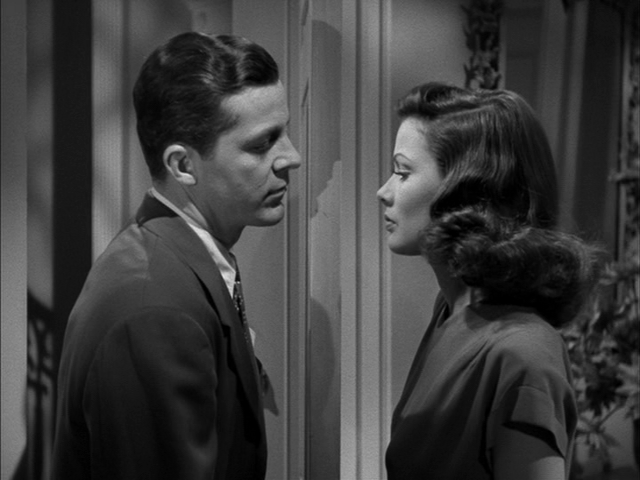
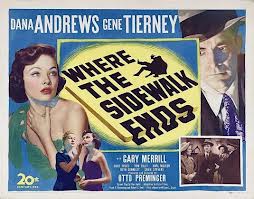
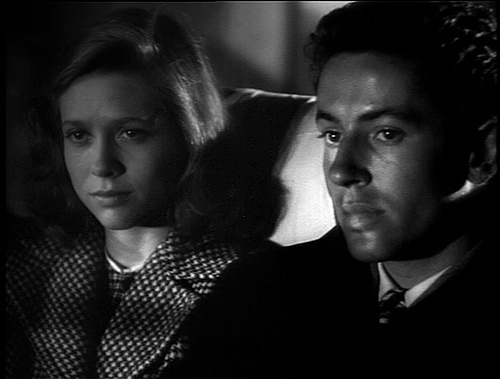
![bogie and bacall[1]](http://www.filmnoirblonde.com/wp-content/uploads/2012/08/bogie-and-bacall1.jpg)
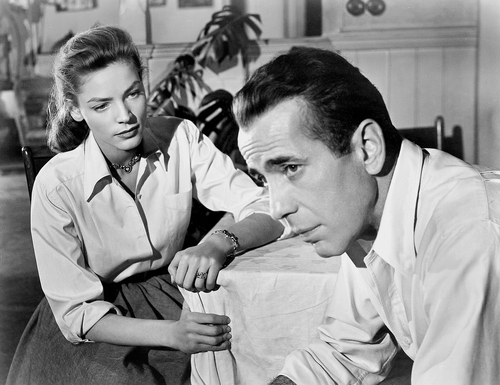
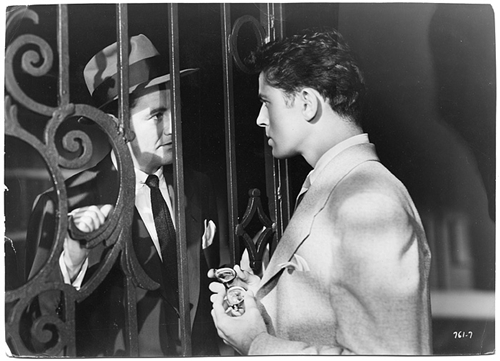
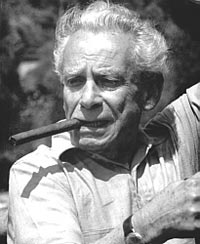
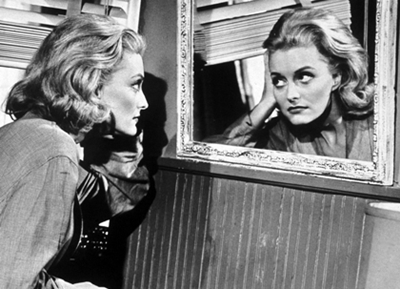
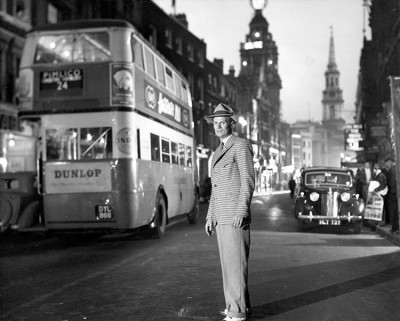
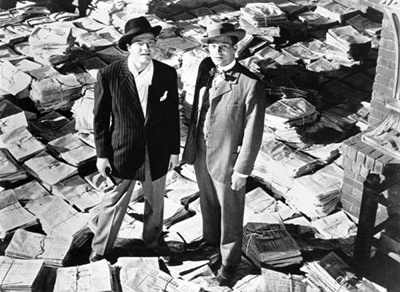





From FNB readers